|
The following Report was written in 2002:
Our program, known as Distant Audio Video Evaluation by an MD, or DaveMD,
was begun under a USDA Grant in 2001. Since that time we have
cared for approximately 500 patients. We strive to give excellent
patient care for patients who live in rural and remote areas, and
visitors to these areas.
The Telemedicine Medication Kits are one aspect of the Telemedicine
Grant and were developed over the last year and a half.
We
have surveyed our patients, (per Office for the Advancement of
Telehealth suggestion), and have a high satisfaction rating.
The program is ongoing and under constant development. We have
recently submitted new grant applications to the USDA and Office of
Health and Human Services.
We
feel that the importance of our program is that it provides access to
health care for people who might otherwise not be treated at all. Our
grant stipulates that we expand our program if it is successful; we feel
that it has been successful and wish to expand to other areas in need.

How it all started...
In
June of 2001, as a joint venture, Terlingua Medics, Inc. and Odessa
Emergency Providers, Inc. received an RUS grant (Grant 730-A17.) to set
up a Rural Telemedicine Program - and our group has been utilizing
Telemedicine ever since.
Initially, our primary goal was to allow
paramedics to obtain a physician consult in critical cases. As our
implementation of Telemedicine has progressed, our group has discovered
an unforeseen, but extremely promising element of the program: the
effectiveness of the physician consult in non-emergent
cases. This direction is quite different than our group had originally
anticipated, but has the potential to provide greater benefits to our
rural population.
Our Group’s Service Area
We
provide 911 emergency medical services to a remote region of Texas along the Rio
Grande River near Big Bend National Park, covering an area of 3000 square miles.
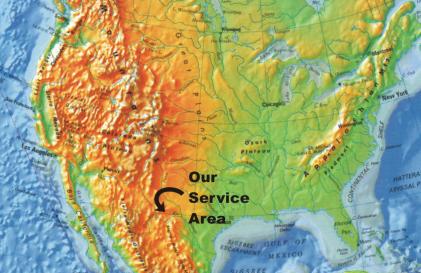
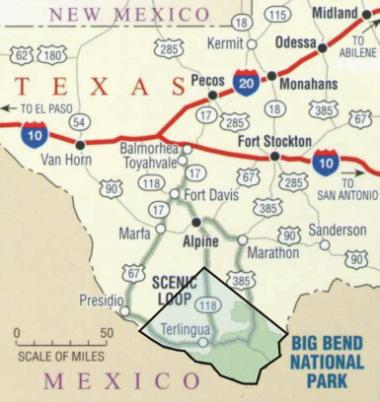
The population of this area ranges from 500 to 2000
at various times of the year, with more permanent residents during the winter
months.
Nearly all local jobs are related to the tourist
industry, so the permanent residents of the area are, for the most part, park
rangers, river guides, and resort employees. There are approximately 200
students in Terlingua schools.
What is "Telemedicine"?
The term "Telemedicine" may seem vague, since the field is in its infancy.
Our definition is "medical care that takes place with the physician at a
distance". The acronym we have coined is D.a.v.e.M.D., which stands for:
Distant
Audio
Video
Evaluation by a
Medical
Doctor
What are the most common needs of rural
patients?
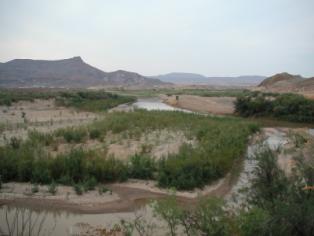
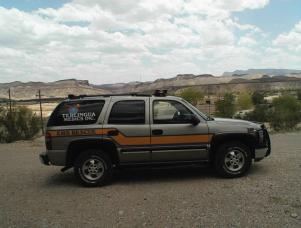
Every patient wants excellent care in an emergency, and our group strives to
provide this care. From the start, we have chosen to do more than the
typical 911 emergency medical service would do. Most 911 services either
transport or determine that no transport is medically necessary. If we
determined that no transport was necessary, we wanted to then start treatment of
the minor problem. Since the closest hospital and pharmacy are almost 100
miles away, Terlingua Medics has always offered services that extend beyond the
realm of simple emergency transports. For example, many times we have
evaluated patients suffering from dehydration from the desert conditions and
then treated them with IV fluids on the scene without transporting them.
Nowhere, other than the
middle of nowhere, would patients be routinely treated with IV's and not
transported!
Here, as in the rest of the country, minor medical problems are much more likely
to arise than critical emergencies. In EMS across America, 90 - 95% of 911
calls are minor emergencies, while only 5 - 10% involve serious or critical
emergencies. When a minor medical problem arises in a rural area, patients
must travel such great distances that many of them may elect not to seek
treatment at all. A simple illness, if left untreated, may then become
serious. Rural areas desperately need better access to medical care, and
with this fact in mind, our group has been able to use Telemedicine to evaluate
and treat many patients with relatively minor medical problems.
Sometimes we provide this treatment at the patient's home, while we assist other
patients at the Aid Center.
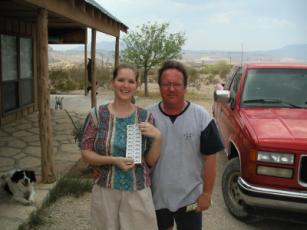
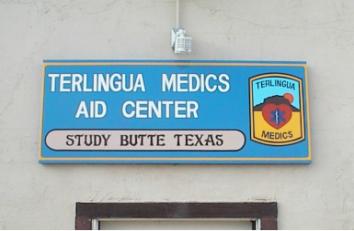
Since the closest doctors, hospital and pharmacy are so distant, Terlingua
Medics has always provided much more than just emergency transports; now, the
Telemedicine system that we have developed has immense potential to help
everyone in the area, to the benefit of patients with minor problems as well as
critical cases.
The Telemedicine System as it applies to
common medical problems:
Over the past year, our evaluation and treatment of minor cases has evolved into
an efficient routine. First, our medics evaluated and treated each patient
to see if he or she needed immediate transport. If immediate transport was
not needed and the problem was a minor emergency, the medic consulted with one
of our emergency physicians. Thus, once the decision was made that a
transport was not necessary, we went one step further to try and help these
people. We began by administering the first dose of the appropriate
medications and then arranged a prescription from the pharmacy in Alpine.
This evaluation at a distance was born out of necessity, and has proven to be an
imperative step in preventing some minor illnesses such as toothaches, ear
infections, and respiratory infections, from becoming serious illnesses.
The Telemedicine Kit
Our next step was to assemble a kit containing the most common medicines needed
to treat minor conditions. Below is the Telemedicine Kit that we utilize:
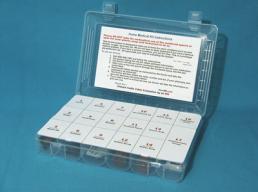
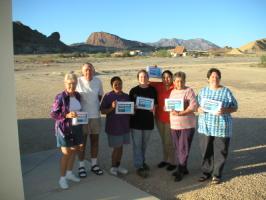
Note that just the initial doses of the medications are in the kit, not the
entire prescription. There are 17 medications in the Telemedicine Kit.
Most are antibiotics. None of the medicines are narcotics or schedule
medications.
The medication kit is similar in nature to the concept of taking along the
starting doses of medications for medical problems that you could encounter in
other parts of the world. This is not preventative medicine, but
preparatory medicine.
The medication kit meets all state and federal guidelines and standards for
pharmaceuticals. The kit has been evaluated by our regular attorney, and
by a malpractice attorney; we have relied on their input to minimize potential
liability issues.
None of the USDA funds were used to develop the medication kit. Since this
kit was not part of our proposal for the approved grant, we funded it entirely
through other sources.
In May 2002 we distributed 30 free kits to the local residents; in July, we
distributed another 100 free kits in our service area.
The Full Prescription
After administering the medications from the Telemedicine Kit, we were calling
or faxing in the prescription to a pharmacy in Alpine, Texas. The pharmacy
would then mail the full prescription to the patient. If the patient
evaluation occurred late in the day, it would take 2 days for the patient to
receive the prescription.
So, the final step in our efforts to help rural residents was to obtain an
exemption from the Texas state pharmacy board for rural areas. This allows
us to dispense the full prescription for the medications we administer from the
Telemedicine Kit. Essentially, we are a pharmacy and can dispense
prescriptions from Study Butte.
USDA Image and Telemedicine
Having grown up in rural Colorado, I am well aware of the USDA's involvement in
many other programs such as setting up the rural electric system. Our
group hopes to promote awareness of what the USDA really does; we would also
like to promote public awareness of USDA support for our Telemedicine programs.
Summary
We are achieving our goals for the grant. Our main goal was to create an
opportunity for paramedics to obtain a physician consult in critical cases and
we are very close to having this system streamlined.
Our grant addresses our intentions to expand the Telemedicine program beyond our
service area if it is successful. Research shows that there are
approximately 450,000 residents in rural Texas counties. Other states also
face similar medical access problems.
| 